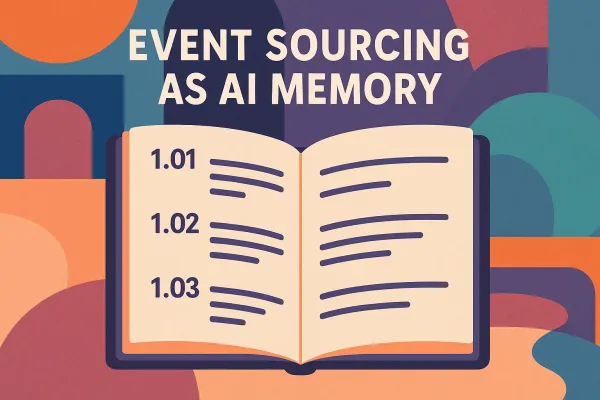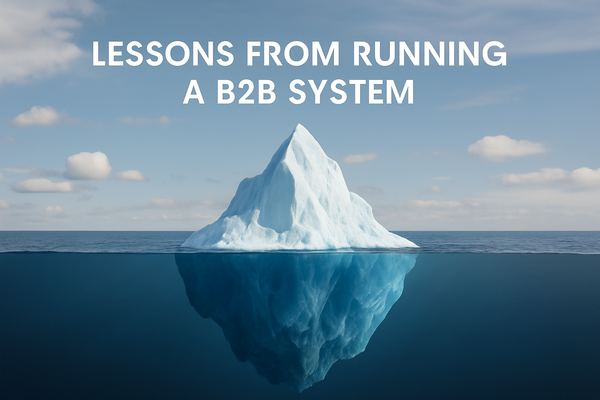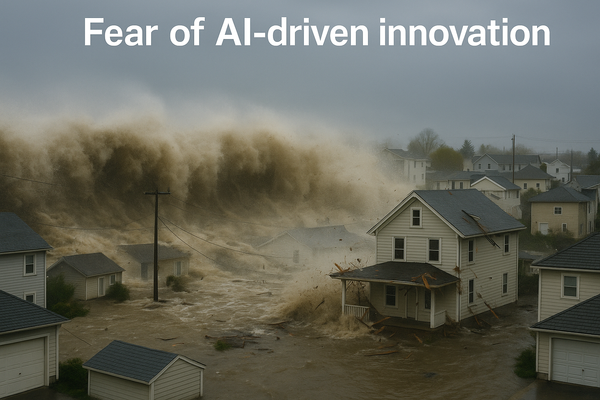Data Clean Rooms and Their Relationship to Customer Data Platforms (CDPs)
In the era of increasing data privacy regulations and growing consumer concerns about data usage, businesses are seeking new ways to leverage customer data while maintaining privacy and compliance.

In the era of increasing data privacy regulations and growing consumer concerns about data usage, businesses are seeking new ways to leverage customer data while maintaining privacy and compliance. Two technologies that have emerged as crucial tools in this landscape are Data Clean Rooms and Customer Data Platforms (CDPs). This article explores what data clean rooms are and how they relate to CDPs.
What is a Data Clean Room?
A data clean room is a secure, privacy-compliant environment where two or more parties can share and analyze sensitive data without exposing the raw data to each other. It acts as a neutral, intermediary space where data can be combined and analyzed while maintaining strict privacy controls.
Key Features of Data Clean Rooms:
- Privacy Protection: Data is anonymized and aggregated to prevent individual-level identification.
- Controlled Access: Only approved queries and analyses can be performed on the data.
- Data Governance: Strict rules and permissions govern how data can be used and shared.
- Secure Environment: Advanced encryption and security measures protect the data.
- Auditability: All actions within the clean room are logged for compliance and transparency.
How Data Clean Rooms Work
- Data Ingestion: Participating parties upload their data into the clean room.
- Data Matching: The clean room matches and links data across datasets without exposing raw data.
- Analysis: Approved queries and analyses are run on the combined dataset.
- Results Extraction: Only aggregated, non-sensitive results are exported from the clean room.
Use Cases for Data Clean Rooms
- Advertising Measurement: Brands and media companies can measure ad effectiveness without sharing raw user data.
- Customer Insights: Companies can gain insights from combined datasets without exposing individual customer information.
- Cross-Platform Analytics: Different platforms can analyze user behavior across multiple touchpoints while maintaining user privacy.
- Collaborative Research: Organizations can conduct joint research on sensitive topics without compromising data privacy.
Relationship Between Data Clean Rooms and CDPs
Customer Data Platforms (CDPs) and data clean rooms serve complementary roles in the modern data ecosystem. Here's how they relate:
1. Data Source and Destination
- CDPs act as a centralized repository for first-party customer data, collecting and unifying data from various touchpoints.
- Data Clean Rooms can use CDP data as an input, allowing it to be securely combined with second- or third-party data for analysis.
2. Privacy and Compliance
- CDPs focus on managing and activating first-party data within an organization's ecosystem.
- Data Clean Rooms provide a secure environment for sharing and analyzing data across organizations or with external partners.
3. Data Activation
- CDPs excel at activating customer data for personalized marketing and customer experiences.
- Data Clean Rooms enable data activation based on insights gained from combined datasets, without exposing raw data.
4. Insights Generation
- CDPs provide insights based on first-party data and customer behaviors within owned channels.
- Data Clean Rooms generate insights from the combination of multiple data sources, potentially including competitor or industry-wide data.
5. Identity Resolution
- CDPs perform identity resolution to create unified customer profiles within an organization.
- Data Clean Rooms can perform privacy-preserving identity matching across datasets from multiple parties.
How CDPs and Data Clean Rooms Work Together
- Data Preparation: CDPs can prepare and structure first-party data before it's shared in a data clean room.
- Enhanced Insights: Insights gained from data clean room analysis can be fed back into the CDP to enrich customer profiles and improve personalization.
- Compliant Data Sharing: CDPs can use data clean rooms to securely share aggregated customer insights with partners or vendors.
- Advanced Analytics: Data clean rooms can combine CDP data with external data sources for more comprehensive analytics and modeling.
- Privacy-First Marketing: Together, CDPs and data clean rooms enable sophisticated, data-driven marketing strategies while prioritizing customer privacy.
Conclusion
As data privacy concerns continue to shape the digital landscape, data clean rooms and CDPs are becoming increasingly important tools for businesses. While CDPs excel at unifying and activating first-party customer data, data clean rooms provide a secure environment for analyzing and deriving insights from combined datasets across organizations.
By leveraging both technologies, companies can gain deeper customer insights, improve marketing effectiveness, and drive business growth while maintaining strict privacy standards and regulatory compliance. As the data ecosystem evolves, the synergy between CDPs and data clean rooms will likely play a crucial role in shaping the future of data-driven business strategies.



